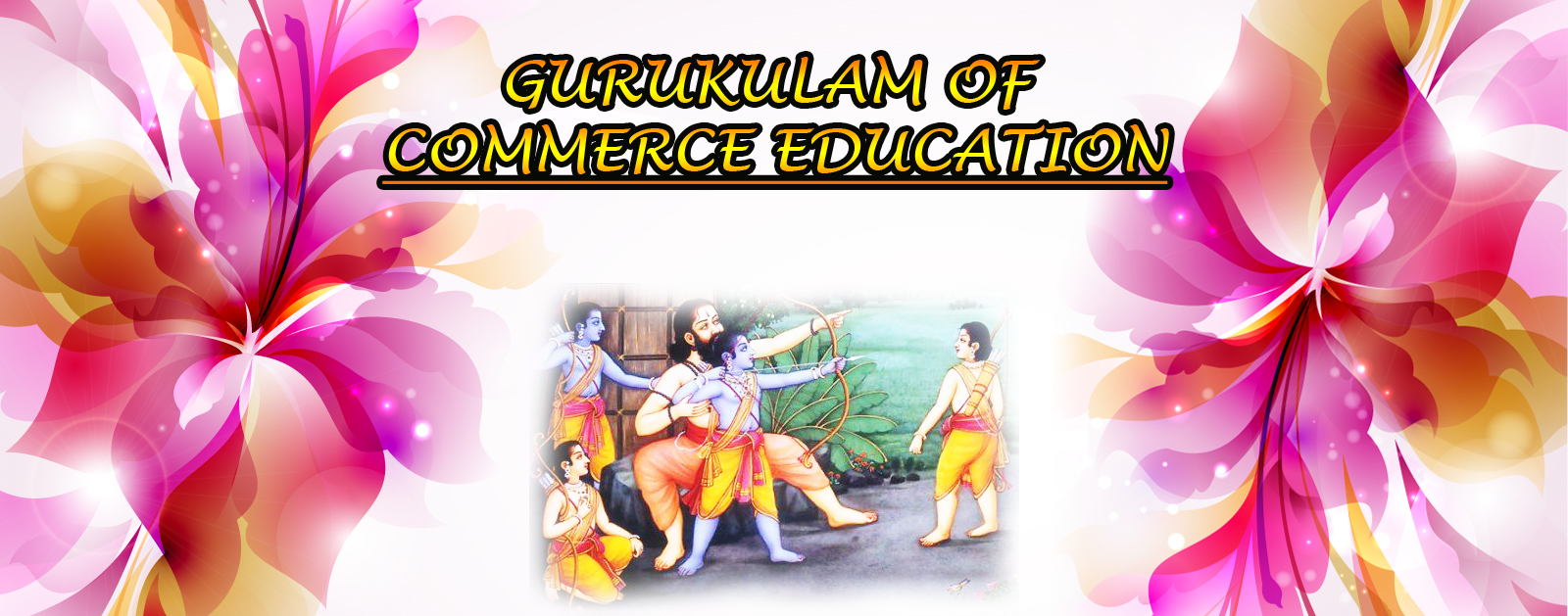SAMPLE QUESTION
Paper – VI – PEDAGOGYC ANALYSIS OF COMMERCE
Time: 3 Hours Maximum: 100 Marks
PART
A
Answer
all questions.
1. State
the learning outcome of the topic ‘Types of ratios’.
2.
Explain the
importance of studying e-banking at higher secondary level.
3.
Construct two
multiple choice questions from the topic ‘export trade’.
4.
Write the
advantages of case study method.
5.
What is the purpose
of work diary?
6.
Write two
facts from the topic computerised accounting.
7.
Which method
would you prefer for teaching ‘advertisement’?
8.
How will you
help the students to classify the term ‘cost’ and ‘expenses’?
9. What
do you mean by improvised teaching aid?
10.
What is cumulative
record?
11.
What are the prerequisites
required for learning ‘bank reconciliation statement’?
12.
State the importance
of vouchers in accounting.
13.
Draw a
specimen of bin card.
14.
Suggest an
interesting introduction to the topic ‘financial management’.
15.
What do you
mean by specification? List two specifications under affective domain.
(15
X 2 = 30 Marks)
PART B
Answer any ten
questions.
16.
How will you
explain the topic ‘parties interested in financial analysis’ with the help of a
chart?
17.
Who is a
gifted child? As a commerce teacher how will you cater the needs of gifted
children?
18.
Which method
of teaching would you prefer to teach ‘steps in controlling process’? Why?
19.
What is
pedagogic analysis? What are its merits?
20.
How will you introduce
the topic ‘functions of management’?
21.
Prepare two
frames for teaching ‘steps in planning’.
22.
Explain the
classification of educational objectives under cognitive domain by Benjamin S.
Bloom.
23.
Explain Herbartian
approach in lesson planning..
24.
What are the various
audio visual aids that can be used for teaching ‘contents of partnership deed’?
25.
Make a brief
analysis of the content ‘types of transport’.
26.
Explain the
expected process skills to be developed in teaching the topic ‘preparation of
final accounts’.
27.
How can you
make use of business page of newspaper as a learning experience?
(10
X 5 = 50 Marks)
PART C
Answer any one
question.
28.
“There are
some basic requirements for effective learning to take place” – explain the
basic requirements for learning in the light of the above statement.
29.
Develop a
lesson plan on the topic ‘types of planning’.
30.
Draft a unit
plan on any topic from commerce.
(1 X 20
= 20 Marks)
